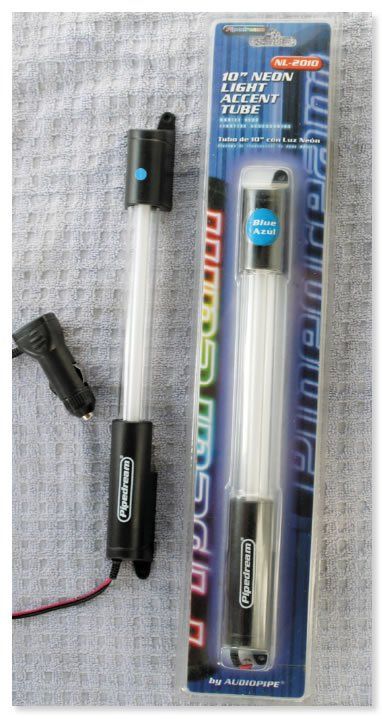
There are simply too many white lights in and around a municipal anchorage. A required white anchor light must have 360-degree visibility. But a white light at the tip of a mast can get lost in the stars or a background of city lights, making it a poor marker for a sailboat 60 feet below. Also, a light in the sky is not in the normal plane of view of other small vessels maneuvering in an anchorage. An additional white light on a stern arch is a better marker, but it also can become camouflaged by city lights onshore and will be obscured, by a small degree, by the mast. But Inland and International Rules state in part no other lights shall be exhibited, except such lights as cannot be mistaken for the lights specified in the Rules, which makes the growing use of LED flashing blue or white lights and non-flashing red, green, and pink lights illegal to use as anchor or on-deck lights. Such lights are easily confused for lighted buoys, channel markers, lighthouses, or police boats.
An anchored boatowner who takes his safety and sleep seriously may consider adding a fluorescent, non-flashing blue light just above deck level, perhaps suspending it from the boom or in the foretriangle.
Many versions are sold, but the one we use is the ubiquitous, China-made plastic tube of neon with a 12-volt cigarette lighter plug at the end. These draw 0.2 amps and can be purchased at automotive stores for around $10. There are a variety of lengths to choose from, but a 10-inch tube is plenty bright. The radiance may not light up an anchored sailboat like a cruise ship, but it certainly makes a sailboat a distinctive mark in a congested anchorage.
































